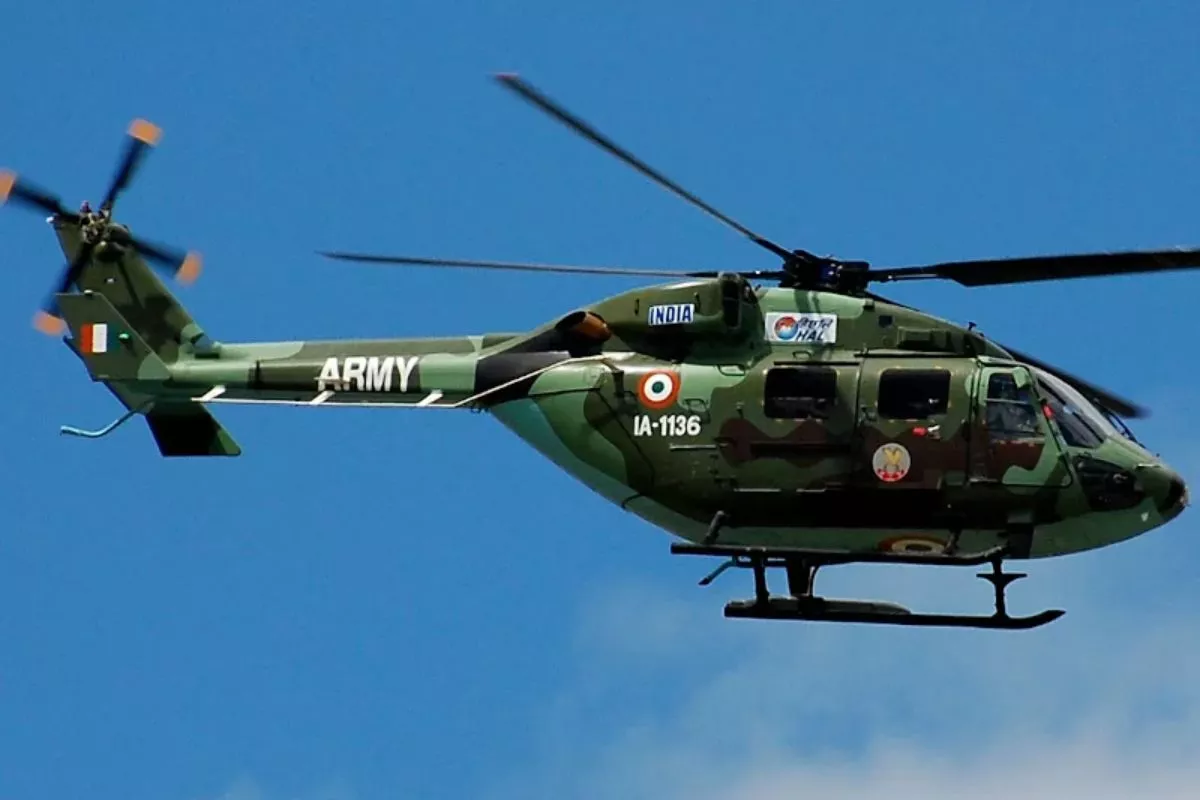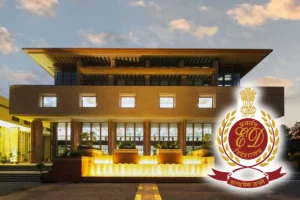
Advanced light helicopter Dhruv
After a series of accidents grounded the fleet and raised concerns about their track record for flight safety, a design flaw in the military’s advanced light helicopter (ALH) Dhruv has been fixed, and the locally made helicopters are being fitted with an upgraded control system to improve airworthiness, according to two senior officials with knowledge of the situation.
Aircraft from Hindustan Aeronautics Limited
The design study was mandated in April by a key government regulatory agency that certifies the airworthiness of military aircraft. Hindustan Aeronautics Limited (HAL), an aircraft manufacturer, has started giving new booster control rods made of steel rather than aluminum to ALH squadrons all over the nation. According to HAL helicopter complex CEO S Anbuvelan, the “tested and proven” design enhancement would ensure flight safety. The motion of the helicopter is controlled by these rods, and any failure can significantly reduce the amount of power applied to the rotor blades and result in mishaps.
“Control rods for 120 helicopters have been dispatched to different squadrons. The remaining helicopters will get these rods by November. Incidents linked to control rod failure will not recur,” Anbuvelan said.
Also Read: Complaint filed against Rahul Gandhi for naming his dog Noori
Advanced light helicopter Dhruv fleet shut down for weeks
The military uses over 330 HAL-designed and -developed twin-engine ALHs, hence the design enhancement is essential. Early in the new millennium, it started shipping these helicopters. The collective, pitch, and roll control rods, which make up the ALH’s control assembly, have had their first upgrade with this one. “What is being replaced right now is the collective control rod. The other two rods will be similarly replaced between November 2023 and June 2024,” he said.
Following three incidents in less than two months earlier this year, the ALH fleet was shut down for weeks. In the previous five years, there have been 12 accidents using the multi-mission helicopter. According to another official, the design needed to be improved because the ALH is heavily used by the armed forces and India is considering using it for export.
Military Airworthiness and Certification orders design assessment
To increase the airworthiness of the ALH, the Centre for Military Airworthiness and Certification (CEMILAC) in Bengaluru ordered a design assessment of the booster control rods. Following an expert committee’s investigation into potential failures that may have contributed to the navy ALH ditching (emergency landing in water) into the Arabian Sea on March 8, CEMILAC, which is part of the Defence Research and Development Organization, came to the conclusion that the design review was necessary.
“Though the helicopters are matured from the design point of view, having been exploited for more than 3 lakh hours, still there is scope to review the design/lifting aspects of the safety-critical system by an expert committee as a long-term measure,” said the letter, written by CEMILAC director (helicopters and missiles) DM Isack. The dramatic drop in the control rods’ fatigue life was noticed by the regulatory authorities.
To read more such news, download Bharat Express news apps





















